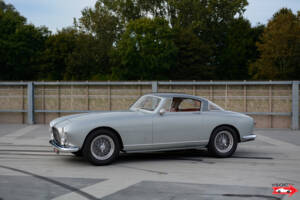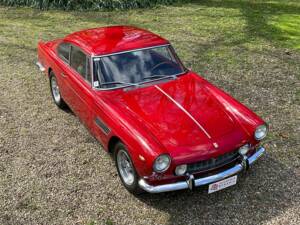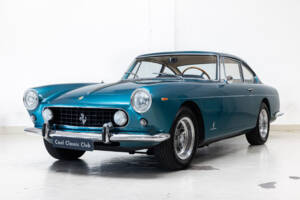Ferrari 250 Classic Cars for Sale
Ferrari's 250 series, produced from 1953 to 1965, includes some of the most technically advanced and diverse grand tourers and sports cars ever built in Maranello. Powered by Colombo-designed V12 engines, these models combine elegant Pininfarina and Scaglietti styling with a motorsport pedigree. Rarity, variety and precise provenance make each 250 unique.
Search results
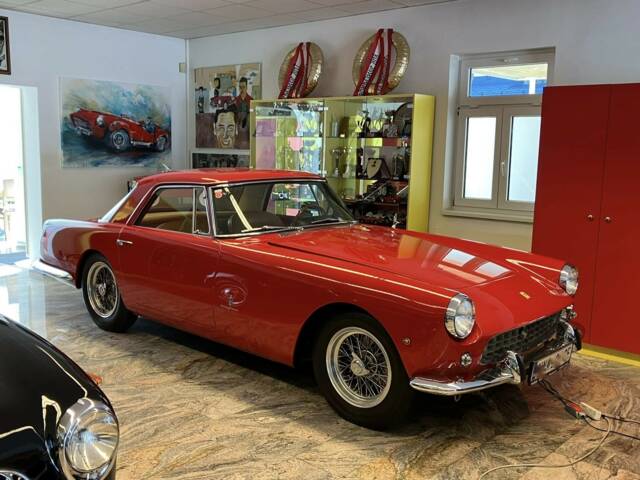
1959 | Ferrari 250 GT Pininfarina Coupe
+++ Ferrari Classic Certified +++ Perfect Condition +++ Matching Numbers +++
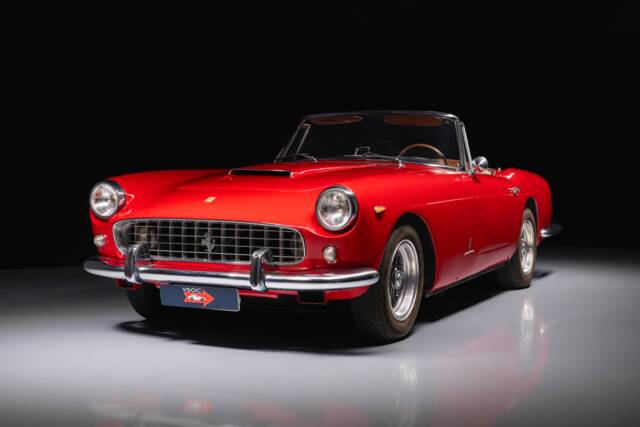
1961 | Ferrari 250 GT Cabriolet Pininfarina
One of the true Gran Turismo cars. Ferrari Classiche Certified, Matching number example

1954 | Ferrari 250 GT Europa
The 5th of only 32 PininFarina designed GT Europa’s. Matching nr. & colour
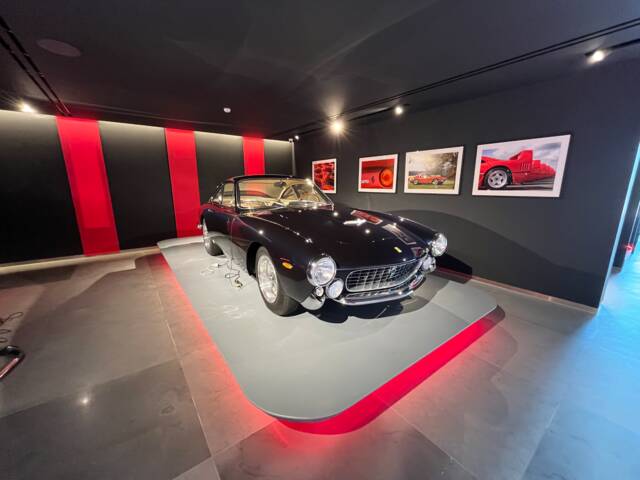
1964 | Ferrari 250 GT Berlinetta Lusso
FUll RESTORATION
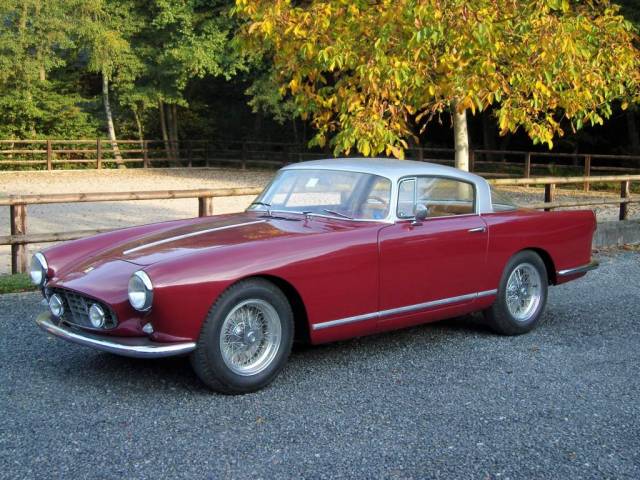

1962 | Ferrari 250 GT
Dreaming of a car that combines timeless elegance, luxurious comfort, and unmatched driving pleasure? This 1962 Ferrari 250 GT Cabriolet is more than just a car – it’s a piece of automotive history. Perfect proportions, classic lines, and a V12 engine delivering a unique experience make this model one of the most sought-after classics in the world.
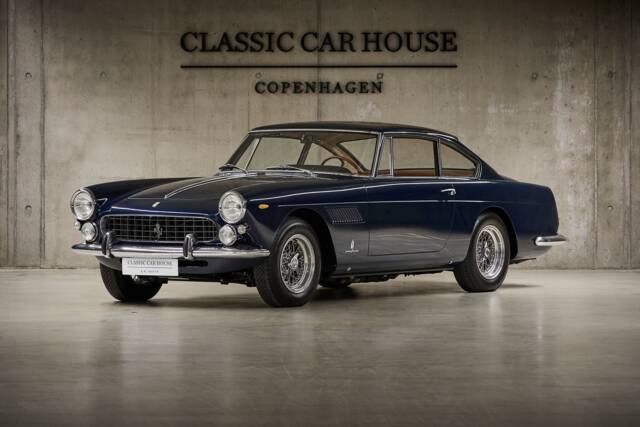
1963 | Ferrari 250 GT/E
Looking for a classic Ferrari that represents the pinnacle of Italian design and driving pleasure? This 1963 Ferrari 250 GTE is the perfect choice. With only a few hundred examples remaining worldwide, this is a rare opportunity to own a car that blends history, elegance, and performance.
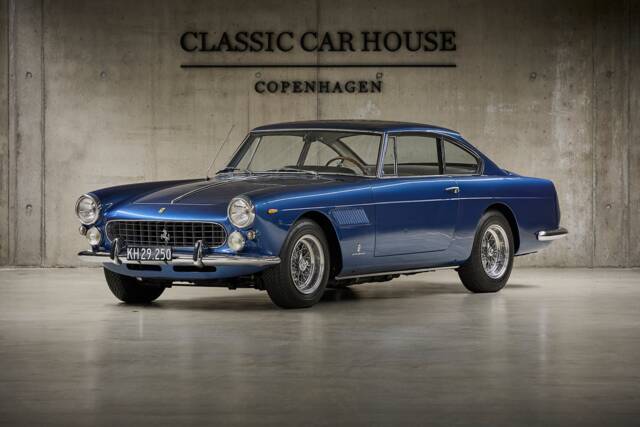
1963 | Ferrari 250 GT/E
A stunning example
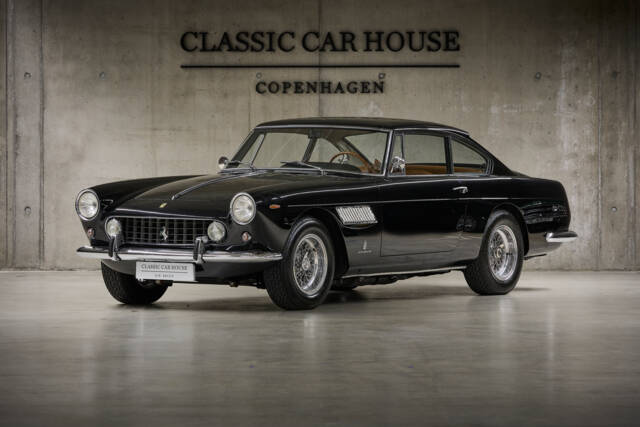
1962 | Ferrari 250 GT/E
Serie 1 - Restored 2019

1962 | Ferrari 250 GT/E
No stories example out of long term ownership

1962 | Ferrari 250 GT/E
GT/E - Full Matching - Recent Engine Overhauled -
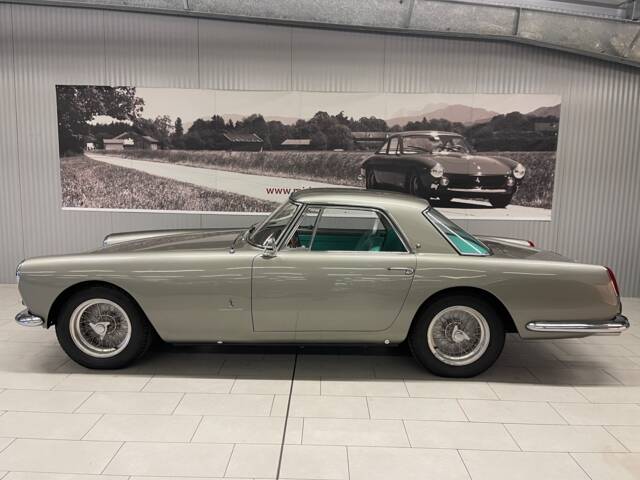
1959 | Ferrari 250 GT Pininfarina Coupe
GT Pininfarina Coupe - Ferrari Classiche Zertifikat
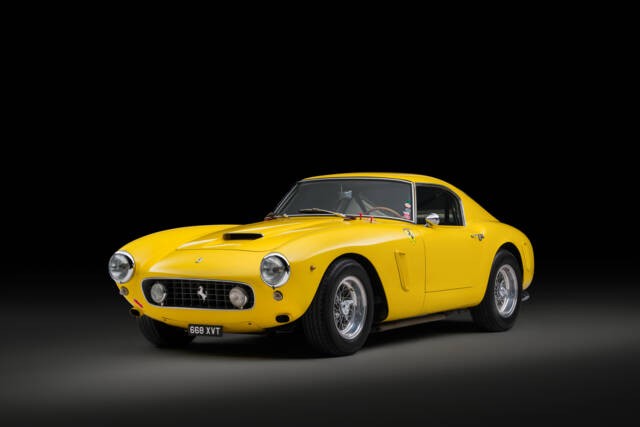
1960 | Ferrari 250 GT SWB Berlinetta
1960 Ferrari 250 GT Short Wheelbase ‘Semi-Comp’

1961 | Ferrari 250 GT/E
250 GT/E Serie II 2+2 Coupé
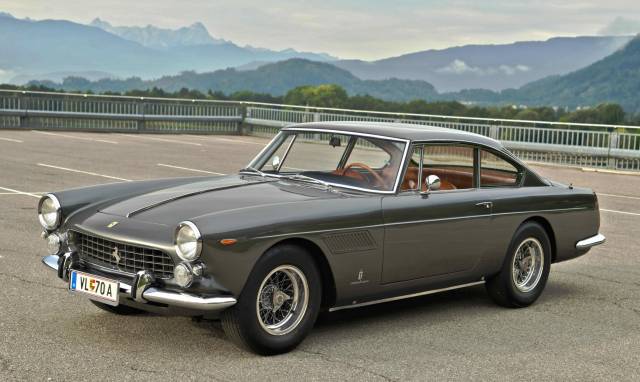
History of the Ferrari 250 Series
The Ferrari 250 line marked a turning point for the company. Evolving from the earlier 166, 195 and 212 models, the 250 inherited the focus on both road and racing use. Each model carried the hallmark 3.0-litre Colombo V12 engine, tailored either for competition or refined touring. Series production began with the 250 Europa in 1953, featuring bodies by Pininfarina and Vignale, before progressing to the 250 Europa GT. Motorsport and road-going models developed side by side throughout the 1950s and early 1960s, with the range encompassing road coupés, cabriolets, spiders, and aluminium-bodied race cars such as the Tour de France and the GTO. Production ceased in 1964, as the 275 and 330 series succeeded the range, bringing technological innovations while carrying forward Ferrari’s strong reputation built by the 250 models.
Model History and Major Milestones
The 250 series made its debut with the 250 Europa, available with both Colombo and Lampredi V12s. Ferrari introduced the 250 Berlinetta Competizione (unofficially known as 'Tour de France') in 1954, an aluminium-bodied performance car developed for competitive rallying. The 250 GT Cabriolet, equipped with Pininfarina coachwork, broadened the appeal with convertible luxury. For the US market, the 250 GT Spider arrived in 1957 featuring design by Pininfarina and production by Scaglietti, updated in its second series with four-wheel disc brakes.
By 1960, Ferrari unveiled its first mass-produced 2+2, the 250 GT/E. Approximately 954 to 957 GT/Es were produced across three series – an unprecedented output for a Maranello grand tourer. The final road-going evolution was the 250 GT Lusso, exhibiting a shortened wheelbase, more luxurious appointments and refined lines, with 350 examples made from 1962 to 1964.
On the racing front, the 250 GTO, Testa Rossa, and LM models achieved podiums at Le Mans, the Tour de France and other top-tier events, cementing the 250 name in motorsport history. The series transitioned to the 275 and later the 330, but the 250 remains the longest-running and broadest-ranging series Ferrari has produced.
Highlights and Market Statistics
All Ferrari 250s share the Colombo 3.0-litre V12 engine and, depending on variant, coupe or convertible body styles by masters such as Pininfarina, Scaglietti, and Vignale. Standout technical details include a variety of Borrani wire wheels, race-proven suspensions, and refined mechanical layouts. Major models such as the 250 GTO, 250 LM and California Spider sit at the top of collector demand, not only for limited numbers but also due to uncompromised racing records and unique provenance. The GT/E, notably, was the first Ferrari to offer 2+2 seating in series production, redefining the brand’s grand tourer market.
Market statistics show that 83.2% of currently offered Ferrari listings relate to the main 250 code, and demand is even higher, with 92.5% of listing views focused on the 250 series. Sub-series like Serie II and III for the GT/E remain particularly visible among collectors and enthusiasts.
Technical Data
Special Editions and Notable Variants
Special interest within the 250 line focuses on models like the 250 GTO (built for homologation in GT racing, minimally produced and now of record-setting value), the 250 LM (mid-engined for Le Mans, only 32 made), and the 250 Testa Rossa (notable for competition victories and Scaglietti’s pontoon-fendered bodywork, produced in very limited numbers). Open-top models such as the 250 California Spider in both long- and short-wheelbase form (50 + 56 cars respectively) were directed mainly at the American market and now stand as high-value collectibles. Several one-offs and prototypes, including unique show cars, mark out the 250 range as the densest field of rare and bespoke Ferraris.
Engine, Transmission, and Road Behaviour
The Colombo V12 engine delivers a blend of high-rev refinement balanced with low-end torque, making both sprint and touring use satisfying for owners. Race-focused 250 models gained from continuous development, not only boosting horsepower but also reliability. Road-focused GT and Lusso iterations focus on balanced handling for longer journeys. Gearboxes ranged from 4-speed to 5-speed manuals, with occasional overdrive, offering drivers a mechanical, period-feel connection. Suspension systems prioritise agility while maintaining enough comfort for extended use, and disc brakes from Series III onwards improve stopping power on later models. - Ferrari 250 GT/E 2+2 (1960–1963): First mass-produced 2+2, up to 240 hp, 2,600 mm wheelbase, substantial usability for its era.
- Ferrari 250 GT Lusso (1962–1964): 255 hp, 2,400 mm wheelbase, luxury-oriented, 350 built.
- Ferrari 250 GTO (1962–1964): 36 built, 300+ hp, pure-bred GT racer, the zenith of 250 performance heritage.
- Ferrari 250 California Spider: Split into long- (LWB, 50 units) and short-wheelbase (SWB, 56 units) versions, Scaglietti bodywork, sought after for open-top driving and exclusivity.
Interior, Comfort, and Exterior Design
Pininfarina, Scaglietti, Vignale, Boano and others penned bodies for the 250 series, each distinctive for features such as long bonnet lines, broad grilles, flowing wings, and delicate proportions. Interior fitment depends on model and year, but top examples received leather upholstery, wood-rimmed steering wheels, and comprehensive Borletti instrumentation. GT/E interiors increased in space by shifting the engine forward, adding two rear seats. Options and factory accessories—such as Borrani wire wheels, special paint codes (Rosso, Nero, Grigio, Beige, Amaranto, and two-tone finishes), and original toolkits—underscore Italian attention to detail. Design evolution within the series means every 250, from coupe to open spider, reflects different elements of performance, practicality, and showcar extravagance.
Other Features and Provenance
Provenance is crucial: most collectable 250s feature documented histories—matching numbers, Ferrari Classiche certification, exhibition or racing background. Features could include complete toolkit, owner's manuals, rare factory paperwork, and original registration documents (including period American and German titles). Export is typically facilitated by oldtimer regulations, like simplified registration procedures within Europe or specific valuation certificates. The 250 GT/E starred in 'The Wrong Arm of the Law' with Peter Sellers and frequently appears at major historic auto shows such as Villa d’Este and the Paris or Turin salons.
Summary
The Ferrari 250 series epitomises diversity, technical advancement, and exclusivity in the classic sports and GT car sector. Each variant, distinguished by design, mechanical detail, and use case—from the family-friendly GT/E to the purebred GTO racer—offers a distinct flavour. Supported by strong market statistics, global collector interest remains high, especially for documented and well-preserved examples. The blend of mechanical innovation, rich motorsport pedigree and Italian style ensure the Ferrari 250 holds a unique place in automotive history.


